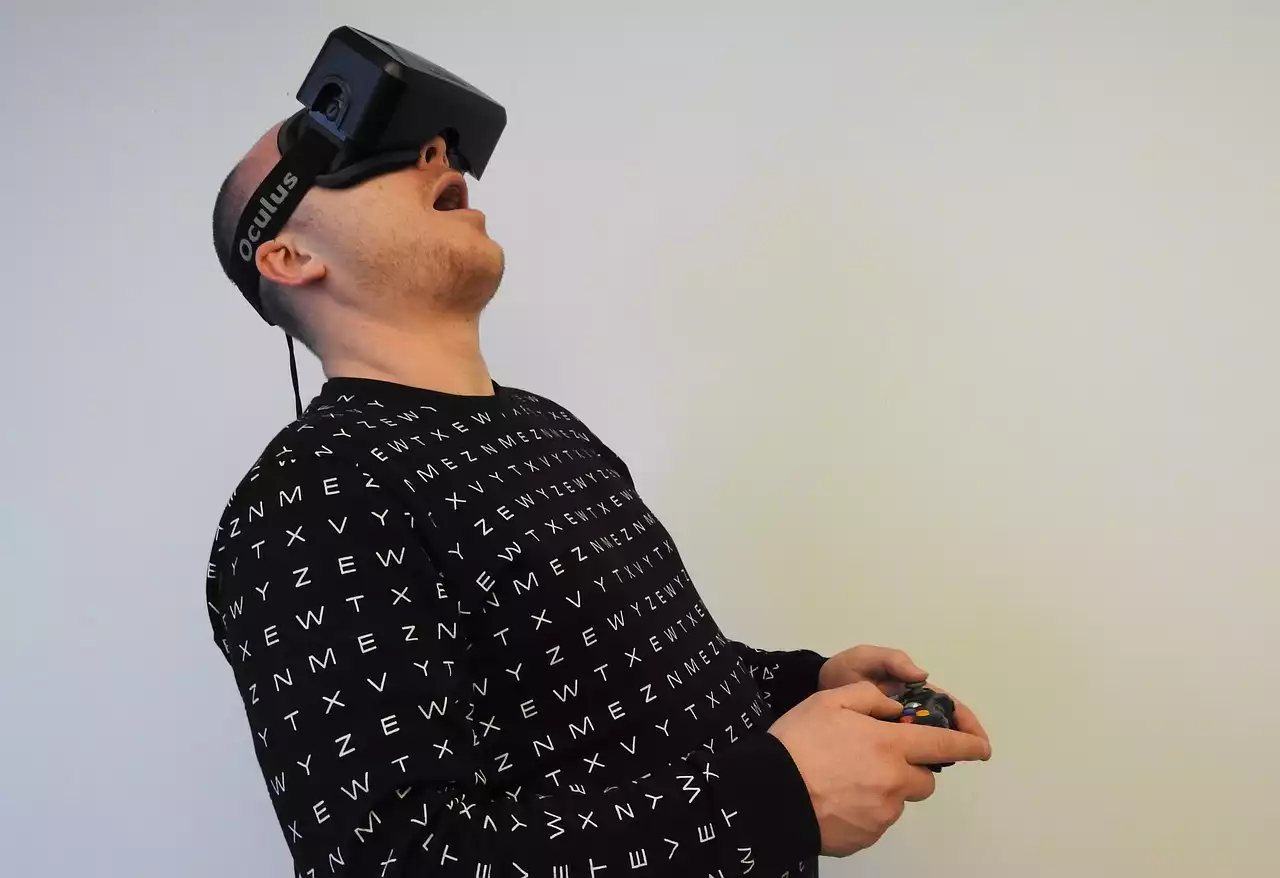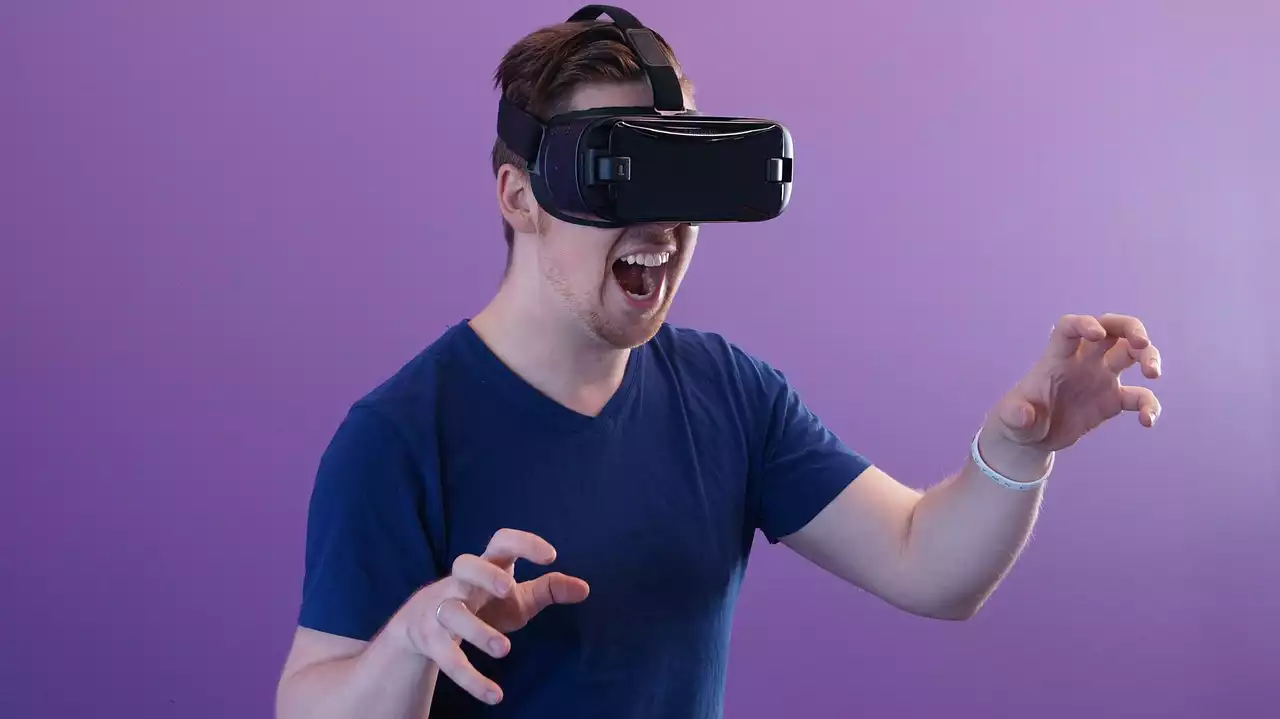Benefits of Virtual Reality Restorative Nature Experiences
VR restorative nature experiences allow users to explore beautiful, natural environments from the comfort of their own homes, which can be beneficial in a variety of ways. First, they can provide a creative outlet for individuals who are interested in exploring and learning about nature. Second, they can also be used as a therapeutic tool to help individuals cope with symptoms of stress and anxiety, as well as other mental health conditions. VR environments can also be adjusted to fit the needs of specific individuals, including those with visual or hearing impairments. Finally, they can help individuals explore more remote or rare natural areas, such as those found only in specific regions. In addition to these benefits, virtual reality restorative nature experiences can also be used to help educate others about the natural world and inspire them to explore and protect the environment.
Examples of Virtual Reality Restorative Nature Experiences
- Diving in the Great Barrier Reef: Explore the Great Barrier Reef in Australia from the comfort of your own home with this virtual reality experience.
- Above the Clouds: This VR experience takes you to the top of the Siacob nearby the Swiss Alps.
- An Oasis in the Desert: Journey to the Tabernas Desert in Spain to experience its lush oasis.
- Walking among Giants: Get up close and personal with giant redwood trees in California with this VR experience.
- Dancing Under the Stars: Experience a night under the stars in the Chilean Andes.
- The Great Migration: Witness the annual Great Migration of wildebeests in Kenya with this VR experience.
- The Forest Path: Follow a path through a forest in India.
VR Technology for Exploring Natural Environments
VR technology has the ability to transport users to simulated, digital environments. VR devices, such as headsets, track human movement and respond with corresponding images on a screen in front of the eyes. These images can create a realistic and immersive experience as if users are actually in the simulated environments. VR also uses sound to create a more realistic experience, including the ability to create 3D sound to provide a 360-degree experience. VR technology can be used to create incredibly realistic and immersive experiences, fooling our senses and allowing us to experience simulated events as if they were actually happening. This technology can be used to create virtual reality environments that are indistinguishable from the real thing, letting us explore beautiful natural environments as if we were actually there.
Types of Virtual Reality Experiences
VR experiences can vary widely in terms of both the environments they transport users to and the content they provide. Some VR experiences may be guided tours through natural areas, while others may focus on educational content about a specific species or environment. Some may even allow users to participate in simulated activities, such as exploring a coral reef or hiking a trail. VR experiences can also include interactive elements, allowing users to explore environments and interact with the elements within them. VR experiences can take a variety of forms, allowing individuals to choose the experience that best fits their needs and interests.
Advantages of Virtual Reality Restorative Nature Experiences
VR restorative nature experiences offer many advantages, including the ability to transport users to remote or otherwise inaccessible locations and the provision of immersive, interactive content. VR experiences also allow individuals to explore natural environments at their own pace, providing an engaging and immersive experience. These experiences can also be tailored to specific individuals, including those with visual or hearing impairments. VR experiences are also cost-effective, requiring fewer resources than traditional field trips or explorations. VR experiences can help individuals learn more about the natural world and inspire them to protect species and their habitats.
Challenges Involved in Creating Virtual Reality Nature Experiences
Creating a realistic virtual reality experience that transports users to remote or inaccessible locations can be challenging. VR environments must be carefully designed and programmed to accurately reflect their real-world counterparts, all while creating a truly immersive experience. In addition, certain elements may need to be added to VR environments to make them accessible to those with visual or hearing impairments. VR experiences may also need to be adjusted for specific individuals, such as children, who may need a less intense or advanced experience. VR experiences may also need to be adjusted for different devices, as these may differ in their capabilities and limitations.
Advances in Virtual Reality Technology
VR devices have become increasingly more advanced in recent years, making them more accessible and versatile. Newer devices can be used with more types of computers and can create more realistic environments, transporting us to entirely new worlds. These devices can also be used in a wide range of applications, including education, therapy, and entertainment. VR devices can be used with a variety of different content, such as images, videos, and interactive elements. VR devices can even be used with real-world elements, such as letting users interact with and explore objects.
How to Access Virtual Reality Restorative Nature Experiences
VR experiences are available online and can be accessed with VR devices such as headsets and wearable gloves. VR headsets are available in many different styles and can be purchased at most electronic and department stores. Headsets can be used with a variety of devices, including computers, smartphones, and consoles. VR experiences can also be accessed with VR apps, which can be found on most major devices and VR platforms. VR apps are available for both smartphones and computers, allowing users to experience VR from the comfort of their own homes. VR apps can also be accessed with VR devices, such as headsets.








